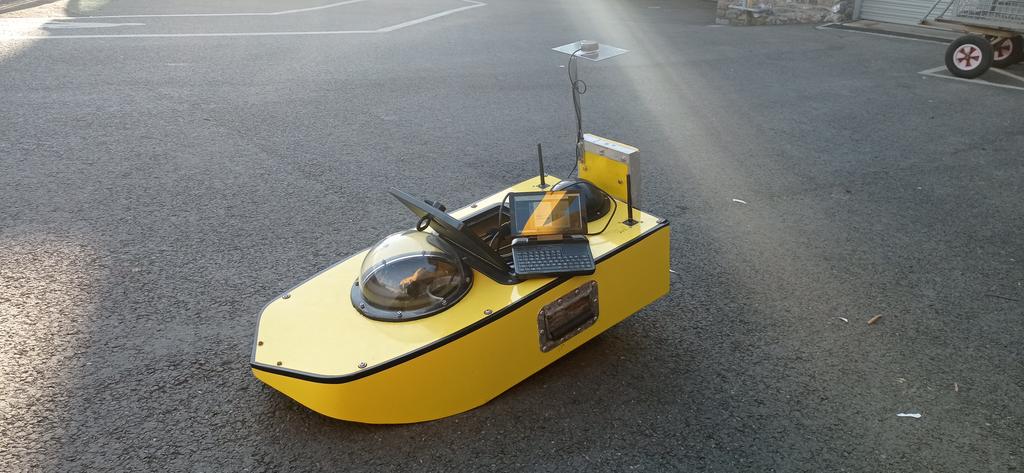Why is it so important to measure the seabed?
Have you ever wondered what the seabed looks like under the water at your local beach? Understanding what the seabed looks like and how material moves can give us a much better insight into how our coastlines are changing. When a storm hits our coastline, it is easy to see what happens at a beach or a cliff face; you can see beaches lower, cliffs fall and in some instances, buildings and infrastructure collapse. But under the sea, it is much harder to picture. That is why we map the seabed to gauge what is happening and where sand is moving, if at all.
Traditional methods, to capture bathymetry, use large vessels with mounted sensors to map the seabed. However, this is very expensive, high-risk (in the nearshore) and time inefficient. In the last year we have been trialling Yellow Tin, which is an Uncrewed Surface Vessel (USV), to facilitate bathy capture. This USV is similar to a toy boat; it has a controller, allowing you to drive the vessel around, it is not much bigger than your standard kid’s toy (~80 cm long), and most importantly, there are no people onboard. This mitigates any human risk onboard, it is easily deployable from your average beach, and costs <£1,000 to build.
Having such a compact piece of equipment allows for quick mobilisation to a local beach after a storm has hit. Not only can we measure the beach, using our traditional GPS equipment, we can now start to regularly survey past the waterline; build-up a bigger picture of our beaches, and infer where sediment is moving within the sediment cell or whether sand is entering or leaving the survey unit.
Next time you go to the beach, have a look and see if you can spot any changes in the sand levels and if so, where do you think that sand has come from or disappeared to?

Let's Keep In Touch
We’ll keep you up-to-date with all the latest news on this website, but we’d also love to be able to send the occasional update.
We promise we'll only use your details to tell you about what we’ve been doing.
